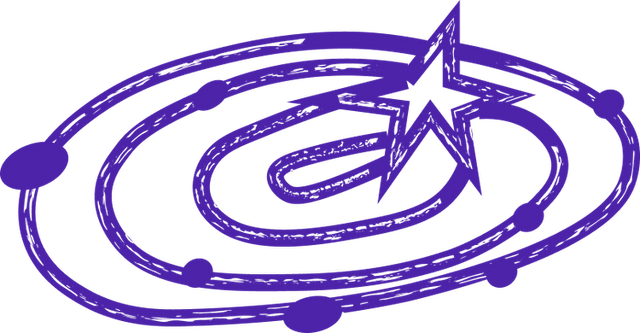
lcsaj testing
LCSAJ Testing: Navigating Control Flow for Reliable Software
LCSAJ testing, which stands for "Linear Code Sequence and Jump" testing, involves thoroughly examining the different control flow paths present in a program. It focuses on identifying linear code sequences (LCS) and associated jumps (SAJ) that dictate the flow of execution. By testing these paths, we can validate the behavior of the software, detect potential errors, and bolster its overall reliability.
Various techniques can be employed in LCSAJ testing, including path coverage, branch coverage, and decision coverage. These methods aim to ensure that every control flow path is exercised during testing, providing comprehensive test coverage and minimizing the risk of undetected issues.
The significance of LCSAJ testing lies in its ability to uncover hidden defects and ensure that software operates as intended, even under different scenarios. By thoroughly traversing the various control flow paths, developers can identify edge cases, corner scenarios, and potential issues that may not surface during standard testing procedures.
It's important to note that achieving complete coverage of all control flow paths is often challenging, especially in complex software systems. Therefore, a risk-based approach is commonly adopted, focusing on critical paths and high-risk areas to prioritize testing efforts effectively.
In conclusion, envision LCSAJ testing as an intrepid explorer venturing through a labyrinth, meticulously exploring each possible path to discover hidden treasures or lurking pitfalls. While it cannot guarantee the absence of all defects, LCSAJ testing is an invaluable tool in improving software reliability, steering developers towards a resilient and dependable codebase.
Let’s build your next digital product — faster, safer, smarter.
Book a free consultationWork with a team trusted by top-tier companies.








